
Copernical Team
Russia to stop using ISS by 2028, create own National Space Station
 Russia is planning to stop using the International Space Station by 2028 and create a national space station instead given risks posed by ISS worn-out equipment, state space agency Roscosmos said on Saturday.
The corporation's Scientific and Technical Council held a meeting earlier in the day.
"After reviewing the current state of the Russian section of the ISS, the council of chief
Russia is planning to stop using the International Space Station by 2028 and create a national space station instead given risks posed by ISS worn-out equipment, state space agency Roscosmos said on Saturday.
The corporation's Scientific and Technical Council held a meeting earlier in the day.
"After reviewing the current state of the Russian section of the ISS, the council of chief NASA study highlights importance of surface shadows in moon water puzzle
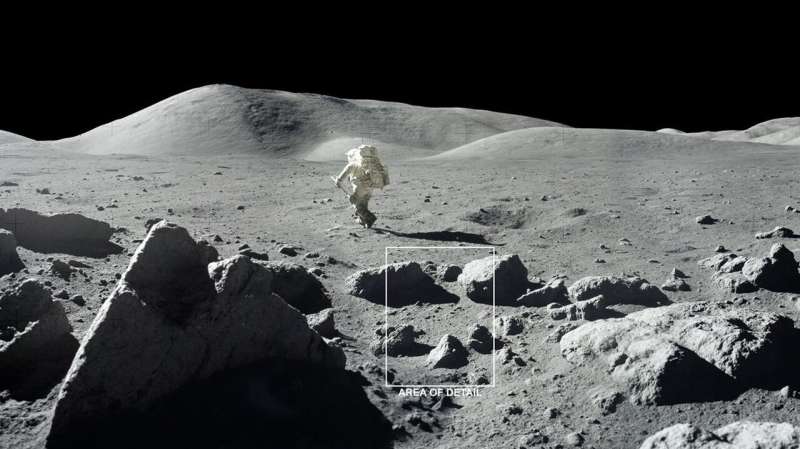
The shadows cast by the roughness of the Moon's surface create small cold spots for water ice to accumulate even during the harsh lunar daytime.
Scientists are confident that water ice can be found at the Moon's poles inside permanently shadowed craters – in other words, craters that never receive sunlight.
First additively-manufacture thermal protection shield is going to space
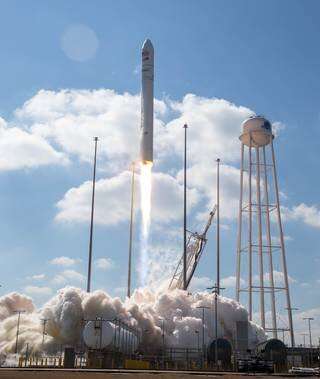
A research team at Oak Ridge National Laboratory have 3D printed a thermal protection shield, or TPS, for a capsule that will launch with the Cygnus cargo spacecraft as part of the supply mission to the International Space Station. The launch will mark the first time an additively manufactured TPS has been sent to space.
Scientists worked with NASA to develop materials designed to withstand extreme temperatures encountered when objects reenter the atmosphere. The TPS protects a basketball-sized capsule that was developed by the University of Kentucky as a testbed for entry system technologies.
Smoke billows from fires in Turkey
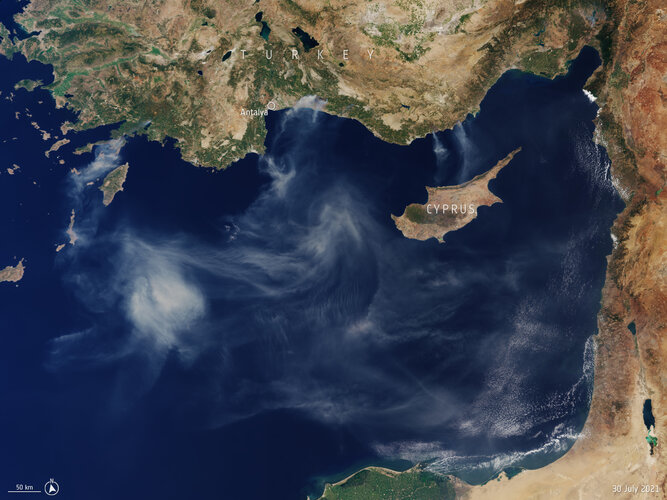 Image:
Captured by the Copernicus Sentinel-3 mission on 30 July 2021, this image shows smoke billowing from several fires along the southern coast of Turkey.
Image:
Captured by the Copernicus Sentinel-3 mission on 30 July 2021, this image shows smoke billowing from several fires along the southern coast of Turkey. Science in motion for ExoMars twin rover

The first science tests for the ExoMars rover replica kicked off after several weeks of driving tests around the Mars Terrain Simulator at the ALTEC premises in Turin, Italy.
ESA gets ready for double Venus flyby
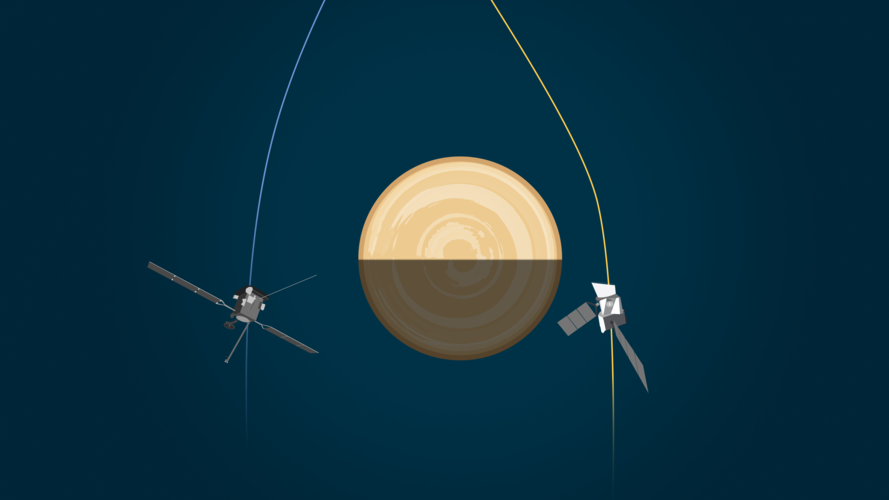
Solar Orbiter and BepiColombo are set to make space history with two Venus flybys just 33 hours apart on 9 and 10 August.
Accounting for Earth’s water cycle

The amount of water on Earth is finite. Sustaining life, this precious resource has been circulating between Earth’s surface and atmosphere for over four billion years, and changing between a liquid, a solid and a gas along the way. Although the total amount of water within the cycle remains constant, the way it is split between its various reservoirs changes continually. With the climate crisis leading to more extreme droughts and floods, the availability of enough freshwater where we need it is a growing concern. How can we be sure that we are using our water resources sustainably?
Kitchen robot in Riga cooks up new future for fast food
 A pasta order comes in and the robotic arm springs into action at the Roboeatz eatery in Riga. After five minutes of gyrations, a piping hot plate is ready.
The Riga cafe, located under a crumbling concrete bridge, is designed in such a way that customers can observe the robotic arm at work.
It also has a seating area, although most customers prefer take away since vaccination certificat
A pasta order comes in and the robotic arm springs into action at the Roboeatz eatery in Riga. After five minutes of gyrations, a piping hot plate is ready.
The Riga cafe, located under a crumbling concrete bridge, is designed in such a way that customers can observe the robotic arm at work.
It also has a seating area, although most customers prefer take away since vaccination certificat A hundred days of science for Thomas
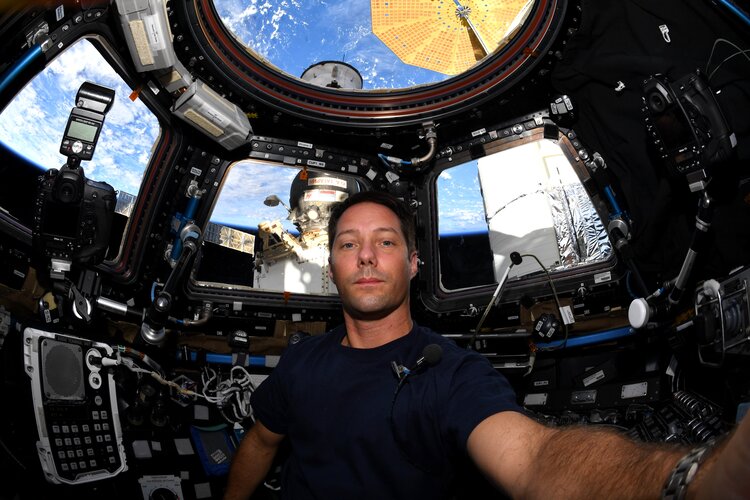
“I am finding it magical every day, but there is also a lot of routine,” says ESA astronaut Thomas Pesquet reflecting on his first 100 days aboard the International Space Station during his second mission. In total, Thomas has logged 296 days in space.
